Description
In the world of industrial automation, where process control systems must deliver unwavering signal reliability and high reliability under constant pressure, bottlenecks often emerge in legacy safety setups. Engineers tasked with maintaining or upgrading safety instrumented systems (SIS) frequently grapple with outdated processing limitations that hinder real-time data handling, especially in environments demanding modular integration for emergency shutdowns or fire and gas detection. Picture a petrochemical plant where fluctuating I/O signals from field devices risk cascading failures if the central processor can’t offload tasks efficiently—delays in communication or memory constraints can compromise system stability, leading to unplanned downtime or safety risks. This is where the HIMA F8621A steps in as a dedicated coprocessor module, designed to alleviate those exact pain points.
The HIMA F8621A addresses the core need for enhanced computational support in HIMA’s PES H51q systems, allowing the primary CPU to focus on critical safety logic while offloading routine tasks like data buffering and interface management. In typical scenarios, such as offshore platforms or power generation facilities, this module becomes essential during expansions where legacy hardware struggles with increased I/O signal volumes or protocol conversions. Without it, teams might resort to full system overhauls, inflating costs and timelines. Instead, the HIMA F8621A integrates seamlessly, boosting overall process control efficiency by providing dedicated memory and serial communication channels. Its battery-buffered RAM ensures data persistence even during power fluctuations, a lifesaver in high-reliability applications where even brief interruptions could trigger alarms.
What sets this module apart in industrial automation is its consultative edge: it doesn’t just add capacity; it future-proofs deployments by supporting diagnostic feedback that flags potential issues early, reducing mean time to repair. For decision-makers evaluating upgrades, consider the ROI—fewer custom workarounds mean streamlined engineering, and its compliance with SIL 3 standards aligns directly with regulatory demands in hazardous areas. Whether you’re retrofitting a burner management system or scaling a distributed control setup, the HIMA F8621A transforms vulnerabilities into strengths, ensuring robust, uninterrupted operation in the face of demanding field conditions.
- F8621A
- F8621A
When integrating the HIMA F8621A into your automation stack, think of it as the reliable sidekick to your main CPU in HIMA’s H51q architecture. This coprocessor module slots directly into the backplane of the PES H51q central unit, where it handles auxiliary processing to prevent overloads on the primary processor. At its heart, a Hitachi HD64180 microprocessor runs at 10 MHz, crunching through tasks like memory management and data exchange without stealing cycles from safety-critical functions. It connects via dual-port RAM for lightning-fast, shared access with the host CPU, ensuring synchronized operations even under peak loads.
In a typical I/O architecture, the HIMA F8621A positions itself upstream from field devices, bridging the gap between the control platform and external networks through two RS-485 half-duplex interfaces. These ports, equipped with galvanic isolation, facilitate secure, noise-resistant communication—ideal for linking to SCADA overlays or remote sensors in process control environments. It supports redundancy by mirroring data flows if paired with a secondary module, and built-in diagnostics monitor interface health, alerting via status LEDs if signal integrity dips. Protocols like Modbus RTU are natively handled, with configurable baud rates up to 57.6 kbps, making it adaptable for mixed-protocol setups.
From an engineer’s viewpoint, deployment feels intuitive: no need for exotic cabling or middleware. It draws power from the system’s 5V/24V rails, fitting snugly in standard DIN-rail enclosures alongside power supplies like the F7131 for battery backup. In larger systems, multiple HIMA F8621A units can cascade for expanded I/O signal handling, enhancing modularity without rewiring the entire stack. This interplay keeps your automation environment agile, whether you’re daisy-chaining to HMIs for operator insights or buffering high-volume sensor data in a turbine control loop. The result? A cohesive system where communication flows smoothly, diagnostics preempt failures, and scalability doesn’t demand a ground-up redesign.
| Specification | Details |
|---|---|
| Model Number | F8621A |
| Brand | HIMA |
| Type | Coprocessor/Communication Module |
| Input Voltage | 5 VDC / 24 VDC |
| Operating Temp Range | -10°C to +60°C |
| Mounting Style | Backplane/DIN-rail |
| Dimensions | 100 x 70 x 25 mm |
| Weight | 0.2 kg |
| Interface/Bus | Backplane, 2x RS-485 |
| Compliance | IEC 61508 SIL 3, EN 954-1 Cat 4, CE, RoHS |
| Supported Protocols | Modbus RTU, RS-485 serial |
| Typical Power Draw | 1-2 W |
Opting for the HIMA F8621A delivers tangible gains in environments where every millisecond of uptime counts, starting with engineered reliability that minimizes fault propagation. In practice, its isolated RS-485 channels shield against electrical noise from nearby motors or welders, ensuring consistent I/O signal integrity that keeps your process control loops humming without false trips. This isn’t about flashy specs—it’s about the quiet confidence of knowing your SIS won’t falter during a surge, thanks to the module’s self-buffering memory that preserves critical states across power glitches.
Maintenance efficiency gets a real boost too, as the HIMA F8621A‘s diagnostic LEDs and error-logging capabilities cut troubleshooting time from hours to minutes, letting your team focus on optimization rather than firefighting. Over time, this reduces engineering overhead by simplifying expansions; adding capacity no longer means custom firmware tweaks or third-party bridges. Engineered for longevity in harsh settings, it ensures long-term performance with minimal intervention, translating to lower total cost of ownership—think fewer spares stockpiled and more predictable budgeting.
Beyond the basics, integration ease shines in hybrid setups, where the module’s dual-port design fosters seamless handoffs between secure and non-secure zones, enhancing overall system resilience. For teams juggling compliance audits, its plug-and-prove architecture streamlines validation, freeing resources for innovation. In essence, choosing the HIMA F8621A equips you with a partner that anticipates real-world stresses, delivering performance consistency that scales with your operations while keeping safety at the forefront.
In power plants, the HIMA F8621A finds its stride in boiler protection systems, where continuous uptime is non-negotiable amid high-temperature swings and vibration. Here, it offloads communication duties for flame sensors and actuators, enabling fast data cycles that detect anomalies in milliseconds—critical for averting steam leaks or overpressure events. Paired with H51q CPUs, it maintains high reliability in process control environments, ensuring I/O signals from distributed dampers flow uninterrupted to central logic.
Shift to oil and gas extraction, and you’ll see the HIMA F8621A embedded in emergency shutdown (ESD) architectures on offshore rigs. Harsh conditions like saltwater corrosion and explosive atmospheres demand its galvanically isolated ports, which link remote wellhead monitors to onshore SCADA without risking ground loops. This setup supports SIL 3-rated critical system uptime, buffering valve commands during network hiccups to prevent hydrocarbon releases.
In chemical processing, the module excels in batch reactor controls, handling pulsed outputs for mixing valves under rapid cycle demands. Its modular fit in backplane racks allows quick swaps during maintenance windows, minimizing exposure in toxic zones. Across these deployments, the HIMA F8621A proves indispensable for industrial automation pros chasing robust, fault-tolerant designs that blend legacy compatibility with modern scalability.
F8627X – Ethernet-enhanced alternative for high-speed networking in upgraded H51q systems
F8628 – Similar coprocessor with expanded memory for data-intensive applications
F8650X – Primary secure CPU module, pairs with F8621A for redundant processing stacks
F7131 – Compatible power supply monitor providing battery backup for the F8621A’s RAM
F3221 – Digital input companion module for expanding I/O signal handling in SIS loops
F3330 – Analog output module that integrates via backplane for hybrid control setups
F8627 – Legacy serial communication variant, ideal for cost-effective retrofits
H4135A – Safety relay add-on for enhanced fault detection alongside the F8621A
Before sliding the HIMA F8621A into your backplane, double-check compatibility with your H51q revision—firmware mismatches can throw off synchronization, so pull the latest ELOP II updates from HIMA’s portal. Ensure adequate cooling space around the module, as ambient temps pushing 60°C might throttle the HD64180 without forced air. Visually inspect the RS-485 connectors for bent pins, and verify your 5V/24V rails are stable; a quick multimeter test on the F7131 supply prevents boot loops.
Once installed, ongoing maintenance keeps things straightforward: monthly LED scans for green status on power and comms, with a log review for any CRC errors signaling cable wear. Annually, run a full diagnostic cycle via the host CPU—probe the dual-port RAM for retention and simulate a bus fault to confirm safe-state failover. Connector inspections every quarter catch oxidation early, especially in humid plants; a soft cloth and isopropyl wipe does the trick without residue. If you’re in a dusty setup, consider enclosure filters to extend MTBF. These steps aren’t burdensome—they’re the practical rhythm that sustains peak performance without pulling techs off critical paths.

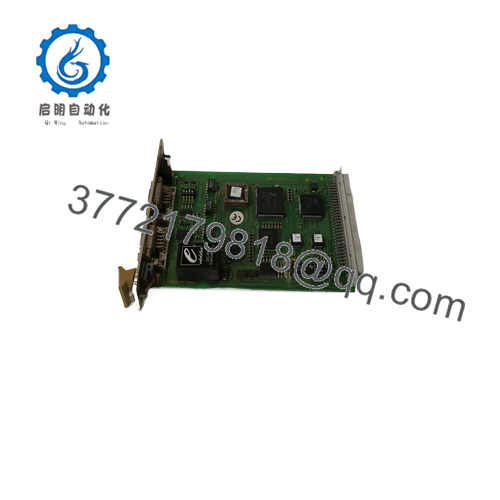
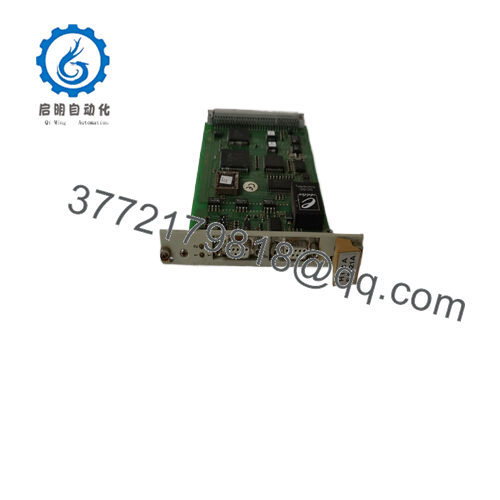
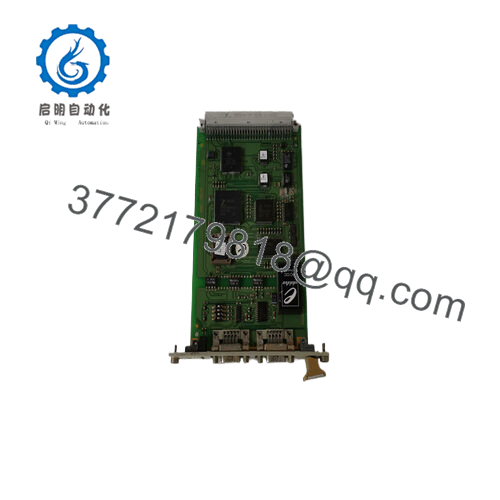
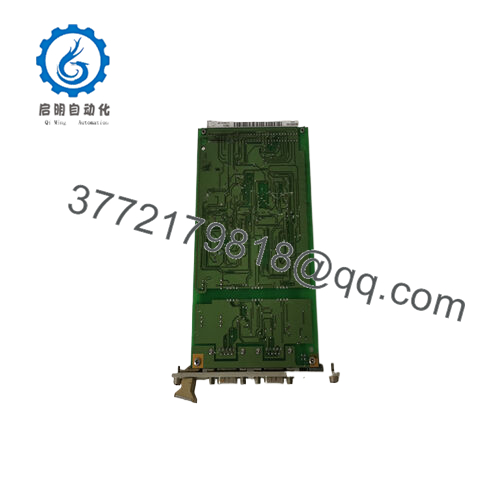
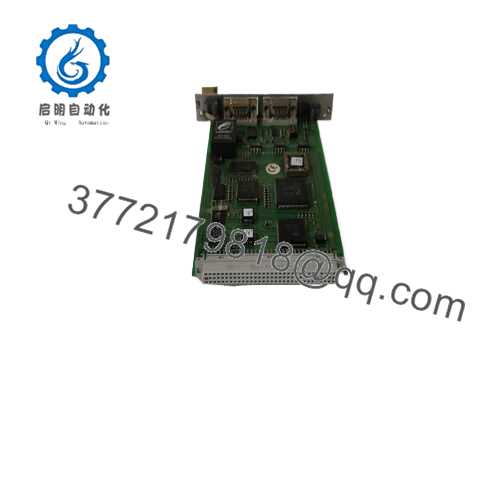
 WhatsApp: +86 16626708626
WhatsApp: +86 16626708626 Email:
Email:  Phone: +86 16626708626
Phone: +86 16626708626


